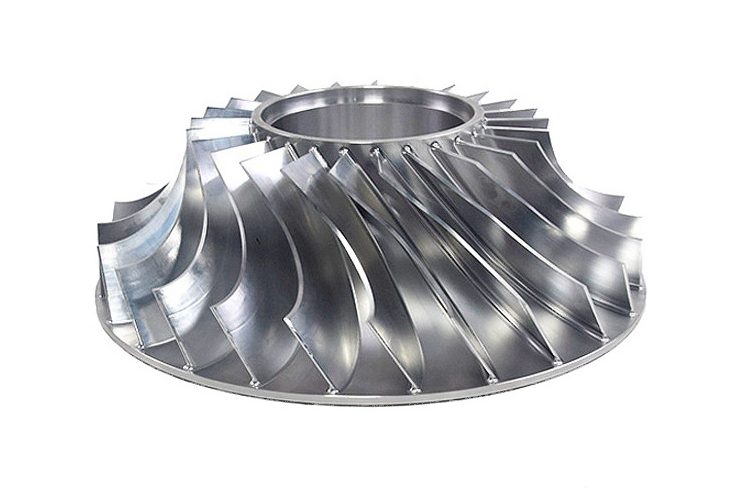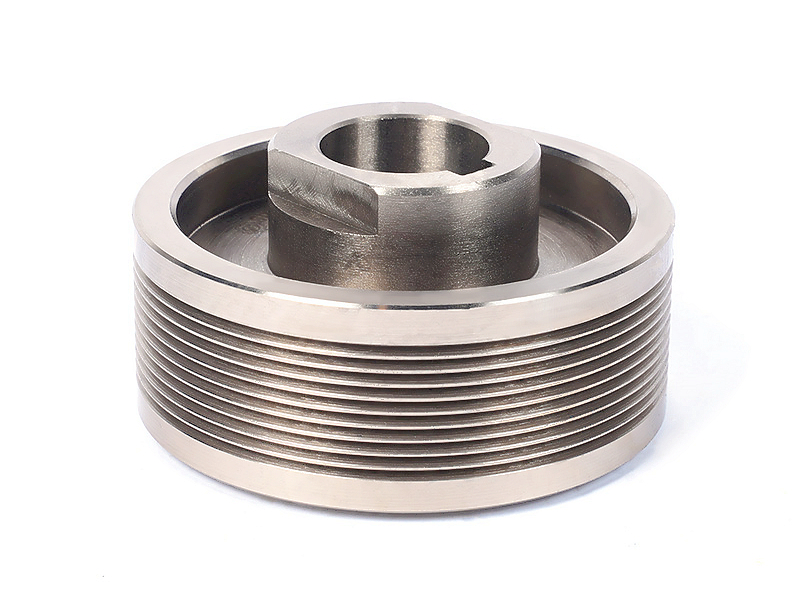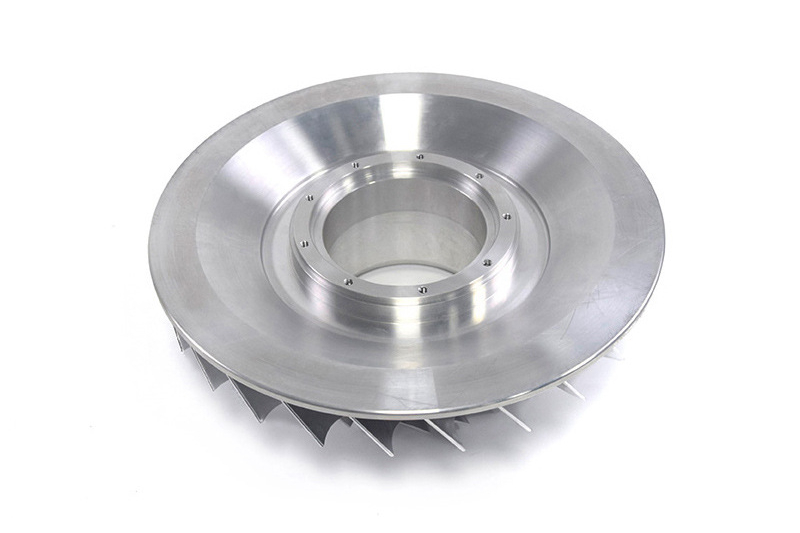Do post-processes raise cost, and how can process integration keep them economical?
Yes, post-processes unequivocally raise the total cost of a component, but they are often non-negotiable for meeting performance requirements. The key to managing these costs is not avoiding them, but through strategic process integration that eliminates waste, reduces handling, and optimizes the entire manufacturing workflow from billet to finished part.
How Post-Processes Add Cost
Every post-processing step introduces direct and indirect expenses:
Direct Labor and Time: Each process, such as Heat Treatment or Anodizing, requires operator time, setup, and cycle time, adding to the part's cost basis.
Specialized Equipment & Consumables: Processes like PVD Coating require multi-million-dollar vacuum chambers and expensive target materials.
Logistics and Overhead: Sending parts to external vendors for processing incurs transportation costs, packaging expenses, administrative overhead, and extended lead times.
Quality Control: Each additional step requires its own inspection regimen (e.g., checking coating thickness, adhesion, hardness) to prevent costly scrap later in the workflow.
Strategies for Economical Process Integration
The most effective way to control these costs is to integrate them into a seamless, controlled workflow.
1. Vertical Integration and One-Stop Service
Partnering with a supplier that offers a comprehensive One Stop Service is the most powerful method. This model brings multiple post-processing capabilities in-house or under a single management umbrella. The benefits are profound:
Eliminated Logistics: Parts move directly from machining to cleaning to heat treat to coating within the same facility, slashing transportation time and cost.
Unified Quality Responsibility: A single vendor is accountable for the entire process chain, simplifying communication and problem-solving when issues arise.
Optimized Scheduling: An integrated supplier can batch parts for post-processing more efficiently, reducing queue times and ensuring a predictable total lead time.
2. Design for Manufacturability (DFM) for Post-Processing
Cost control begins at the design stage. A skilled manufacturer will provide DFM feedback that optimizes the part for its required post-processes. For example:
Specifying appropriate pre-machined surface finishes to minimize the time and cost of subsequent Electropolishing.
Designing geometries that are easy to fixture for coating or that avoid fluid entrapment in cleaning and plating tanks.
Consolidating parts through Multi-Axis Machining to reduce the number of individual components that require separate surface treatment.
3. Process Optimization and Batch Processing
Integrated suppliers can optimize the sequencing and parameters of post-processes. For instance, performing Tumbling and Deburring immediately after machining can prepare a large batch of parts for subsequent treatments simultaneously. They can also develop custom cycles that achieve the required material properties or coating performance without unnecessary steps, reducing processing time and energy consumption.
4. Lean Manufacturing Principles
Applying lean principles to the entire value stream—from raw material to finished part—identifies and eliminates waste (muda). This includes reducing wait times between processes, minimizing unnecessary movement of parts, and preventing defects that require rework. An integrated supplier practicing lean manufacturing will have a significantly lower cost structure for post-processing than a fragmented supply chain.
Conclusion: Investment vs. Total Cost
While an integrated supplier's quote might not always be the absolute lowest on a per-process basis, the Total Cost of Ownership (TCO) is almost always lower. The savings from reduced lead times, eliminated logistics, higher first-pass yield, and single-point accountability far outweigh the minor premiums for individual processes. For projects ranging from CNC Machining Prototyping to Low Volume Manufacturing, this integrated approach is the most economical path to a high-quality, fully finished component.



